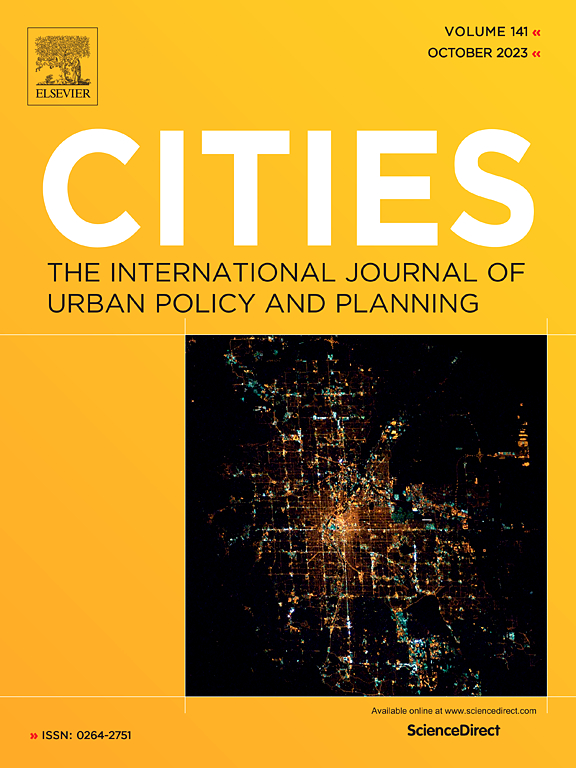Ride-hailing and transit accessibility considering the trade-off between time and money

Abstract
Ride-hailing services can expand access to opportunities in urban areas, but out-of-pocket costs may limit its benefits for low-income individuals. This paper examines how ride-hailing shapes spatial and socioeconomic differences in access to opportunities while accounting for the trade-off between travel time and monetary costs. Using one year of aggregate Uber trip data for Rio de Janeiro in 2019 and a new multi-objective routing algorithm, we analyze the potential for ride-hailing services to improve employment accessibility when used as a standalone transportation mode and in conjunction with transit as a first-mile connection. We find that, compared to transit, standalone ride-hailing can significantly expand accessibility as a standalone mode for short trips, and as a first-mile feeder to transit in trips longer than 30 min. However, the accessibility benefits of ride-hailing accrue mostly to high-income groups due to affordability barriers. These findings suggest that policy efforts to integrate rideshare with transit are likely not going to benefit low-income communities without some form of subsidized fare discounts to alleviate affordability barriers. The paper also highlights how accounting for trade-offs between travel-time and monetary costs can importantly influence the results of transportation accessibility and equity studies.